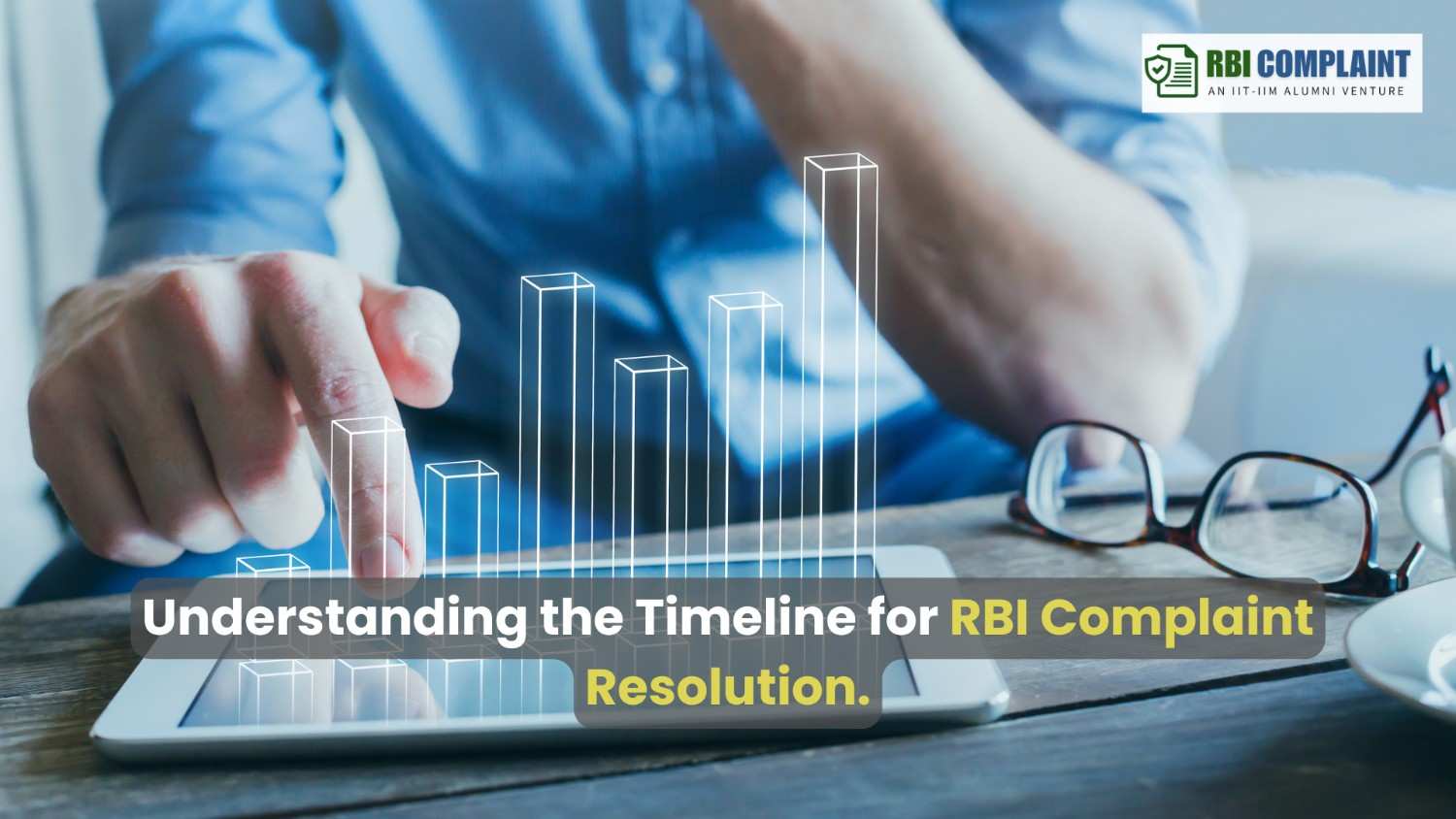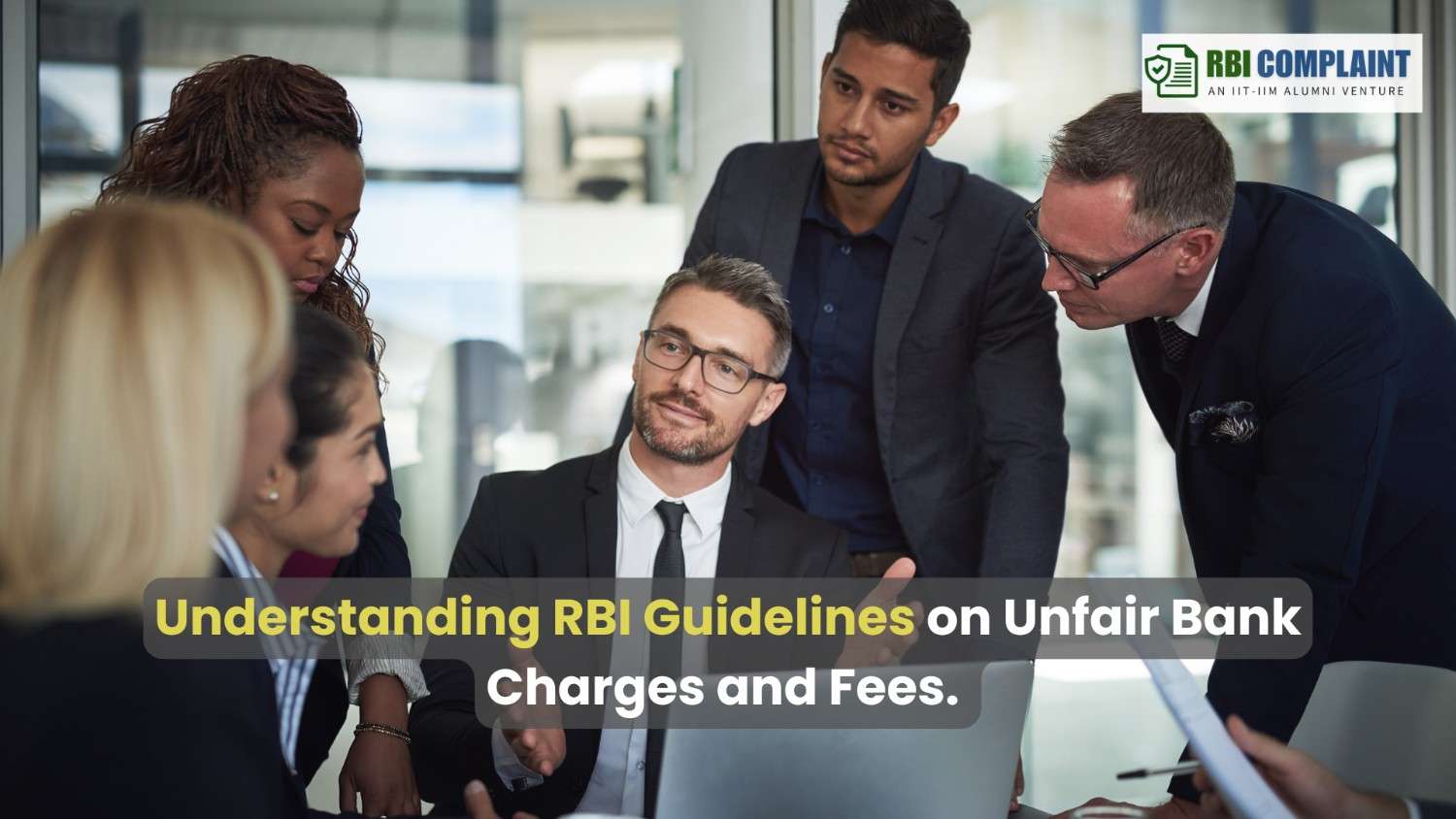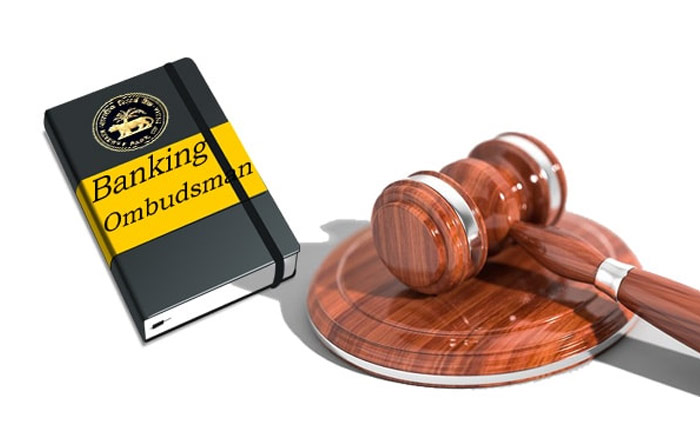· Finance · 3 min read
What Happens After You File an RBI Complaint?
Wondering what happens after you file an RBI complaint? Learn the step-by-step process, resolution timelines, escalation options, and possible outcomes in this detailed guide.

The Reserve Bank of India (RBI) plays a crucial role in regulating banks and financial institutions. When consumers face unresolved banking issues, they can file a complaint with RBI. But what happens next? Let’s explore the entire process.
Who Can File a Complaint?
Anyone who has a grievance against a bank, NBFC, or payment service provider regulated by RBI can file a complaint. Common issues include unauthorized transactions, loan disputes, and poor customer service.
How to File an RBI Complaint?
You can file complaints:
Online: Through the RBI’s Complaint Management System (CMS) portal.
Offline: By submitting a written complaint to the RBI’s Consumer Education and Protection Department.
Acknowledgment of Complaint
Once you file a complaint, you receive a confirmation email or SMS with a reference number. This number helps track your complaint status.
Initial Review Process
RBI screens complaints to check validity. Invalid complaints (e.g., incomplete details, non-RBI regulated entities) are rejected at this stage.
Forwarding the Complaint to the Concerned Bank
If valid, RBI forwards the complaint to the concerned bank/NBFC for resolution. The bank must respond within a given timeframe, usually 30 days.
Bank’s Response and RBI’s Evaluation
The bank reviews the complaint and responds with a resolution. RBI ensures compliance with its guidelines and may intervene if needed.
Resolution Process Timeline
Standard timeline: Usually resolved within 30-45 days.
Delays: Complex cases may take longer.
Escalation Process if Not Resolved
If the bank’s response is unsatisfactory, the case can be escalated to the Banking Ombudsman, an independent authority appointed by RBI.
Possible Outcomes of an RBI Complaint
Resolved in favor of the complainant (refunds, penalties imposed on banks)
Dismissed due to lack of evidence
Directed to another appropriate authority
Common Reasons for Complaint Rejection
Insufficient documentation
Non-banking financial issues
Issues already addressed by another authority
Compensation and Penalties for Banks
Banks found guilty of violating RBI norms may face fines and be required to compensate the customer for losses.
Consumer Protection and RBI’s Role
RBI ensures transparency in banking operations, enforces consumer rights, and regulates financial institutions effectively.
Tips for a Successful Complaint Filing
Provide complete details with supporting documents.
Use a clear and concise format to describe your issue.
Follow up regularly using the reference number.
Conclusion
Filing an RBI complaint is a structured process aimed at protecting consumers. By understanding the steps involved, you can ensure your grievances are heard and resolved effectively.
FAQs
1. How long does it take for RBI to resolve a complaint?
Usually 30-45 days, but complex cases may take longer.
2. Can I file a complaint against any bank?
Yes, but only if the bank is regulated by RBI.
3. What if my complaint is rejected?
You can appeal to the Banking Ombudsman for further action.
4. Is there a fee to file an RBI complaint?
No, filing an RBI complaint is completely free.
5. Can I track my complaint status?
Yes, using the reference number provided at the time of filing.



